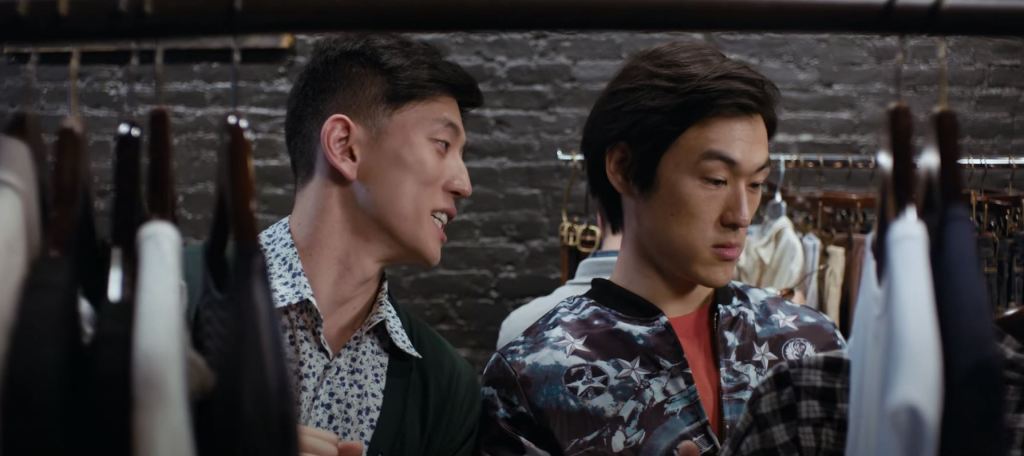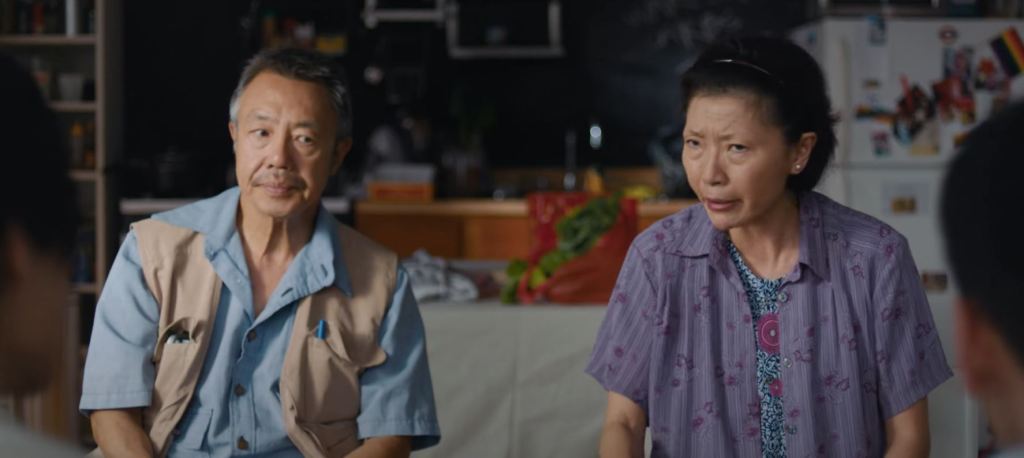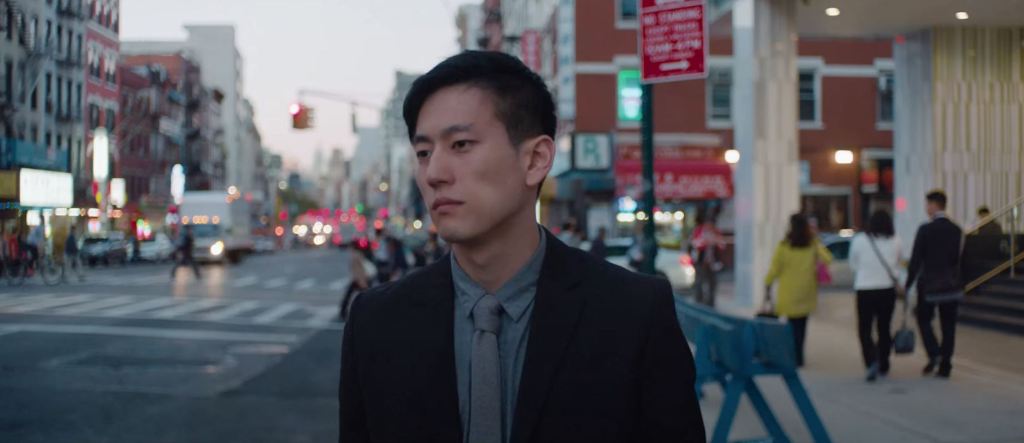Directed by Ray Yeung, ‘Front Cover’ is a romantic comedy movie about Ryan Fu (Jake Choi), a gay Chinese-American fashion stylist who works at his dream job as an assistant to Francesca (Sonia Villani), a celebrity fashion stylist. To climb higher on the social ladder, he has always rejected his heritage and tries to dissociate from it as much as possible. Things take a different turn when Ryan is assigned to help Qi Xiao Ning (James Chen), a famous Chinese actor. The latter rejects anything Western and wants to represent the image of the new China.
However, despite their conflicting ideologies, Ryan and Ning realize that they might be more similar than they had thought. The movie presents a heart-touching narrative of how the two characters have to reject an integral part of themselves to fit better within society. The film is also quite popular for the amazingly narrated enemies-to-lovers story arc, which has always been a fan favorite. Given the several elements within the movie that seem too relatable to be fictional, one cannot cease wondering whether it is based on a true story. Let’s explore the reality of ‘Front Cover’ and find the answers.
Is Front Cover a True Story?
No, ‘Front Cover’ is not based on a true story. Although, according to the film’s writer and director, Ray Yeung, the characters are most definitely inspired by real-life, especially Ryan, whom Ray based upon himself. The director grew up in Hong Kong but was sent to study in an English Boarding School as a teenager. “I was in a school outside of London where all the other students were white, and I was the only Asian kid. There was a lot of discrimination going on,” he shared with New Bloom magazine.

Ray continued, “I was only 13, and people would call me names and make Chinese music noises on a daily basis when they saw me in the halls.” In order to fit in better, Ray decided to distance himself from anything Chinese as much as possible. He lied about how things worked in his household to avoid stereotypes and emphasized how Hong Kong was in Britain, not China. Ray’s desire to distance himself from his heritage only grew when he came out as gay.
“You know, the gay male sex symbol is always a tall, muscular white guy with blonde hair and blue eyes, and we are nothing like that. Asian male beauty isn’t really considered, even nowadays. So it was tough, how can you really have any sense of confidence when you don’t really see your kind of image being represented anywhere?” Ray explained. Once again, in order to not let the stereotypes haunt him, he decided to separate himself from any Asian gay men and only dated white guys.

Ray then thought it might be interesting to see a character with a similar background meet someone from China. Moreover, he explained the reasons behind his exploration of the difference between old and new immigrants. “The character Ryan, his family are old immigrants, so he’s been completely Westernized, but the new immigrants from China, they come to the West with a lot more confidence because they have the money, the power, the whole world is new to them,” Ray elaborated.
The writer-director continued, “They think they can buy half of the world now. And so for Ryan to meet someone like that, I thought would be very interesting, to see that interaction between them.” Ning’s character, according to Ray, was created as a mirror image of Ryan. While the stylist is open about his sexuality but rejects his heritage, Ning proudly embraces his Asian ancestry but is in the closet.

Ray confessed that he knows some people in a similar situation to Ning. They fear their sexuality might cost them their careers and reputation, especially in China. Apart from the two lead characters, the city of New York as the setting is also integral to ‘Front Cover.’ Not only is the city a physical representation of the “American Dream,” it is the perfect example of how dreams can be just a stone’s throw away. Ryan used to live with his family in Chinatown, five minutes away from Fifth Avenue. For him, Chinatown represents everything he shies from, mainly due to the negative connotations attached to the area.
However, Fifth Avenue is Ryan’s dreamland, a place he has always wanted to be a part of. Furthermore, the bustling city brings Ning out of his comfort zone and shows him a different world from the one he had known till that point. Though ‘Front Cover’ may not necessarily be a true story, the characters certainly come from authentic experiences. Ryan and Ning represent the struggles that the Asian members of the LGBTQ+ community often face. Despite being the opposite of each other, thanks to Ray Yeung’s narration, they convey several pressing issues that many viewers can’t help but relate to.
Read More: Where Was Front Cover Filmed?


You must be logged in to post a comment.